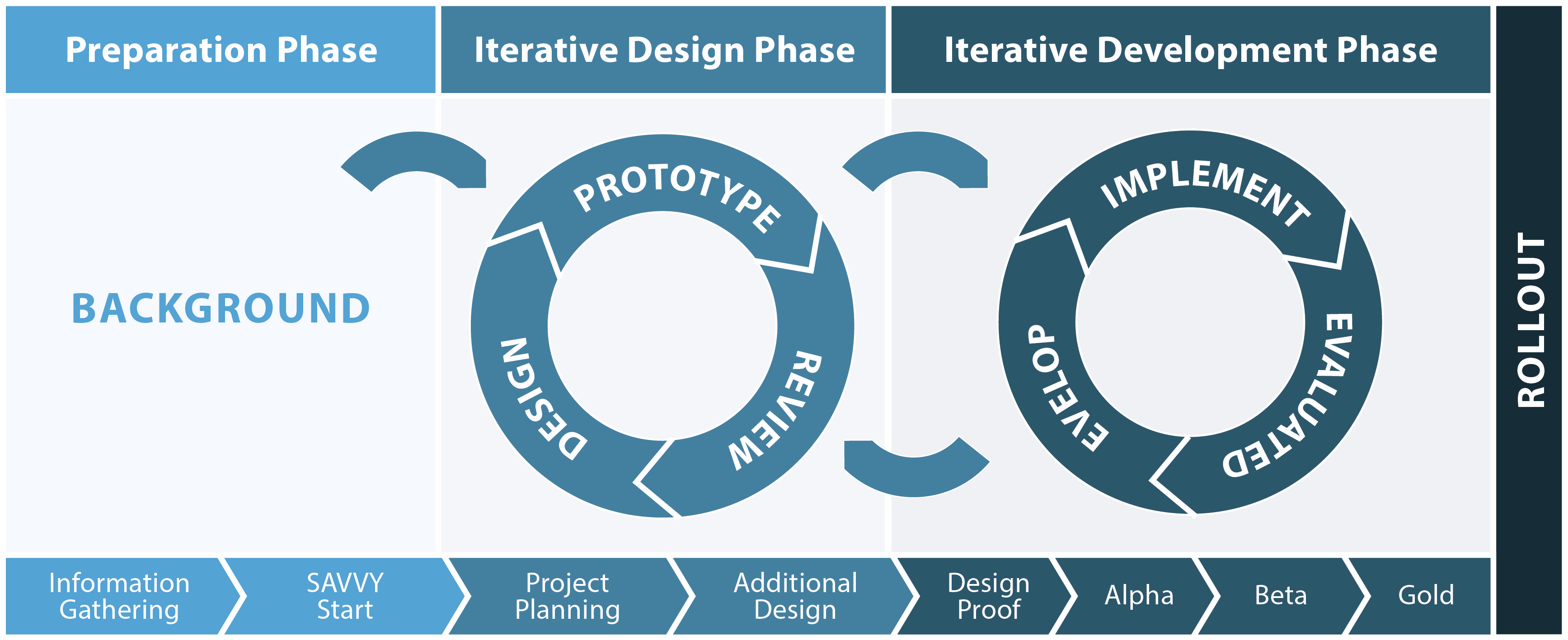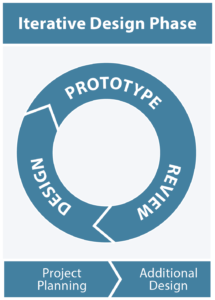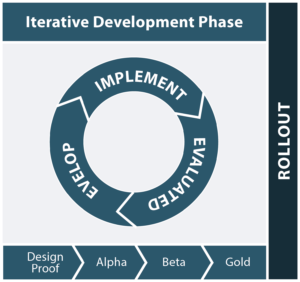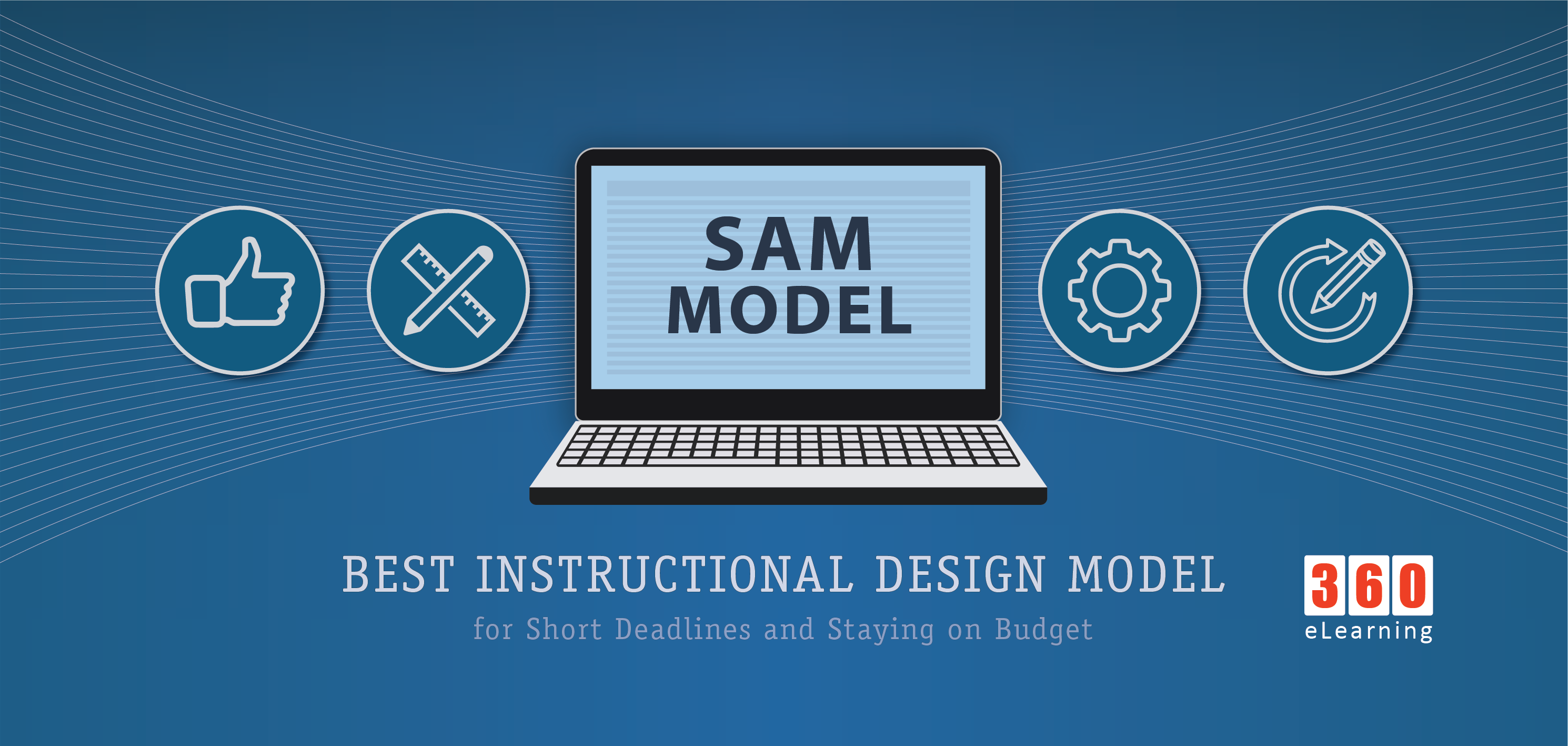When you have short deadlines, want to stay on budget, and collaboration with SMEs, SAM would be the best model for you. This model is an alternative to ADDIE that also emphasizes efficiency and repetition. SAM stands for ‘Success of Approximation Model’. SAM model contains three stages:
1. Preparation
2. Iterative Design
3. Iterative Development
SAM also called “Agile” development because of multiple steps happening at the same time. In this article, we will go through each step of the SAM model and also discuss the pros and cons of this model.

So, let’s get started.
1. Preparation
In this stage, you have to gather information all the information about the background. This intended to be a very quick phase. Discussion with the team about the goals and objectives. This discussion is known as the Savvy start.

2. Iterative Design
An initial collaborative brainstorm session to establish the project foundation is called Savvy Start. In this phase, your team will be rotating through, design, prototype, and review. This cycle is repeated almost three times, incorporating the feedback from the prototype into the next round of evaluating, design and prototype.

3. Iterative Development
Once the design is finalized, now move into the development stage. In this phase, the development, implementation, and evaluation happen together. The project starts with its proof design and moves Alpha to evolve into beta and finalized it. This iterative process is designed to look for any errors, make improvements, and allow for flexibility before moving on to the next stage. If changes occur it can be fixed quickly to limit any risk of moving out of budget or time.

Rollout
This would be the final stage. After you’ve completed the iterative design and development, you’ve already reviewed and incorporated your feedback.
Pros and Cons of SAM Model
SAM has been adopted by the ASTD, the American Society for Training and Development. This model is new to the Instructional Design world. This model has its own pros and cons. Let’s look at pros first.
Pros of SAM Model
Flexible and repeated review: Due to flexibility in this model, teams can work with comfort. This model is repeated in nature that leaves lots of opportunities to communicate any changes or feedback. If the designers come up with something that isn’t quite right, the instant feedback means that they can quickly change course.
Save Time and Money: Changes are incorporated right away. Changes that need to be made to the training, or external changes, like budget or schedule, are incorporated very fast. For this reason, SAM can save time and money.
Cons of SAM Model
Repetitive in nature: In SAM model steps are repeated frequently and it may be difficult when your environment doesn’t encourage rapid feedback or flexible processes. While this is also a benefit but it can be a drawback as well.
May waste time and resources: access reviews in the cycle can lead to waste of time and resources especially if the project doesn’t require that level of review.
Conclusion:
In the end, just stated that which model is best for you and your team? It depends that what you’re trying to achieve and what your work environment will support. SAM model incorporating more iterative development practices into the mix, may be difficult when your environment doesn’t encourage rapid feedback or flexible processes. In those cases, the ADDIE model may be a better choice.


